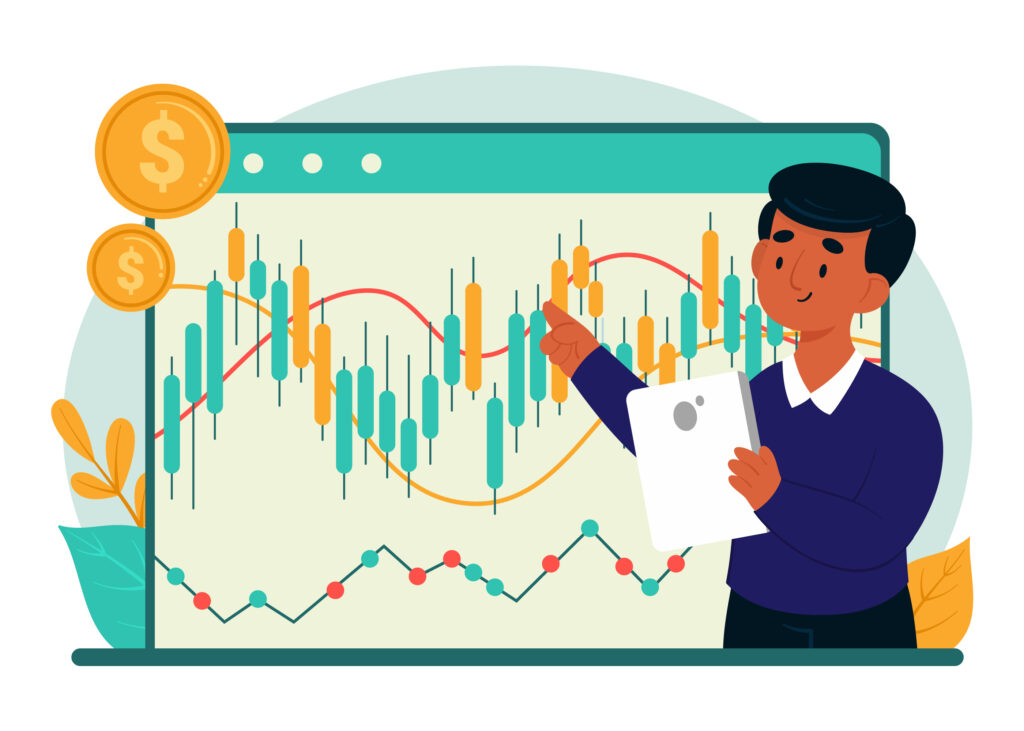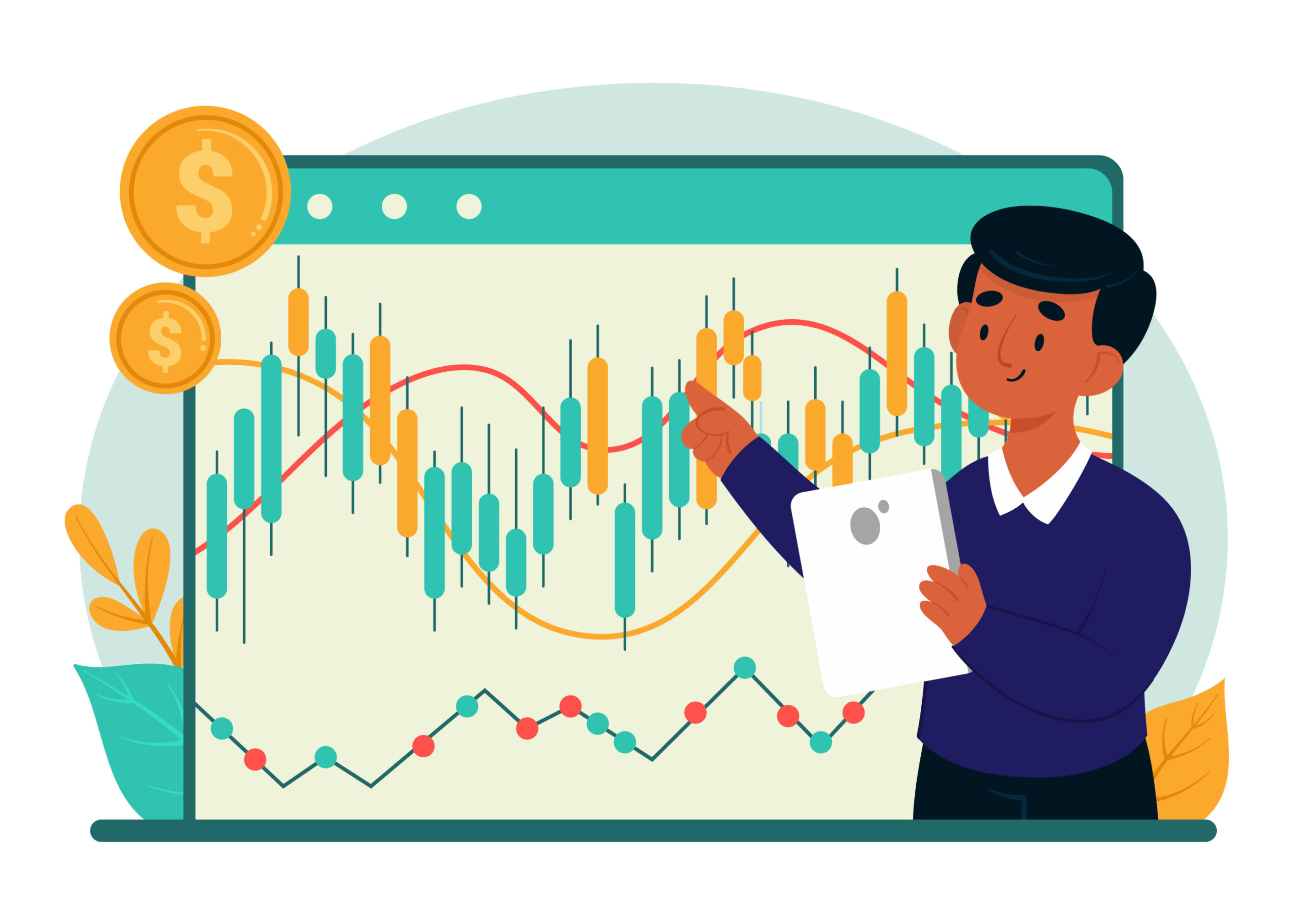What is Forex Trading Leverage and Its Risks?
Forex trading, often called currency trading, is one of the most exciting and dynamic markets in the world. A key feature that attracts traders to the forex market is leverage, a tool that allows you to control large positions with a relatively small amount of capital. While leverage can amplify your gains, it also significantly increases your risks. In this blog, we’ll break down what forex leverage is, how it works, and the potential dangers you need to consider.

What Is Leverage in Forex Trading?
Leverage is essentially a loan provided by your broker, enabling you to trade larger amounts than your actual capital. It is expressed as a ratio, such as 10:1, 50:1, or even 500:1, which indicates how much larger your trading position can be compared to your initial investment.
For example, with a 100:1 leverage, you can control a $100,000 position with just $1,000 in your account.
How Does Leverage Work in Forex Trading?
Forex trading leverages the volatility of currency markets. With leverage, even a small change in currency prices can lead to significant profits—or losses. Here’s a step-by-step example:
- Initial Capital: You deposit $1,000 into your trading account.
- Leverage Ratio: Your broker offers 100:1 leverage.
- Trading Power: You can control $100,000 in currency with your $1,000 margin.
If the currency pair you’re trading moves by 1% in your favor, you earn $1,000, effectively doubling your initial investment. However, if the market moves 1% against you, you lose your entire investment.
Benefits of Using Leverage in Forex
- Amplified Returns: Leverage allows traders to maximize their profit potential by controlling larger positions than their capital would normally permit.
- Increased Market Access: Traders with smaller accounts can participate in larger trades.
- Flexibility: Leverage provides opportunities to diversify positions without requiring substantial capital.
Risks of Forex Leverage
While leverage can boost profits, it also exposes traders to significant risks. Here’s what you need to watch out for:
1. Increased Losses
Just as leverage amplifies your gains, it also magnifies your losses. If the market moves against your position, you could lose more than your initial investment.
2. Margin Calls
When your account balance falls below the required margin level, your broker may issue a margin call. This forces you to deposit more money or close your positions, potentially at a loss.
3. Emotional Trading
High leverage can lead to emotional decision-making, such as panic selling during market fluctuations. This can derail your trading strategy.
4. Market Volatility
Forex markets are inherently volatile, and leverage amplifies the impact of even small price fluctuations, making it harder to predict outcomes.
5. Overtrading
Leverage can tempt traders to open multiple large positions, increasing their exposure and risk.
How to Manage Leverage Risks
To use leverage effectively and safely, follow these risk management practices:
- Choose a sensible leverage ratio.
Start with lower leverage (e.g., 10:1 or 20:1) until you gain confidence and experience in the forex market. - Use Stop-Loss Orders
A stop-loss order automatically closes your position if the market moves against you beyond a specified level. This limits potential losses. - Calculate Your Risk Per Trade
Never risk more than 1-2% of your account balance on a single trade. For example, if you have $1,000 in your account, aim to risk no more than $10-$20 per trade. - Monitor Margin Requirements
Keep track of your broker’s margin requirements to avoid margin calls. Always maintain sufficient funds in your account. - Stay Informed
Stay updated on economic events and news that can impact forex markets. Unexpected events can lead to rapid price movements, especially when trading with high leverage. - Start with a Demo Account
Practice trading with leverage in a demo account before using real money. This will help you understand how leverage impacts your trades.
Regulatory Considerations
Leverage limits vary by region due to regulatory requirements. For example:
- United States: Maximum leverage is capped at 50:1 for major currency pairs.
- European Union: Leverage is limited to 30:1 for major pairs and 20:1 for non-major pairs.
- Australia: ASIC regulations cap leverage at 30:1 for retail clients.
These restrictions are designed to protect traders from excessive risk.
Leverage is a powerful tool in forex trading, offering the potential for significant profits while posing equally significant risks. Understanding how leverage works and implementing proper risk management strategies are essential to success in the forex market.
Remember, leverage is a double-edged sword. Use it wisely, start small, and always prioritize protecting your capital. With patience and discipline, you can harness the power of leverage to achieve your trading goals. Join our Whatsapp community for latest market tips and investing strategies.

